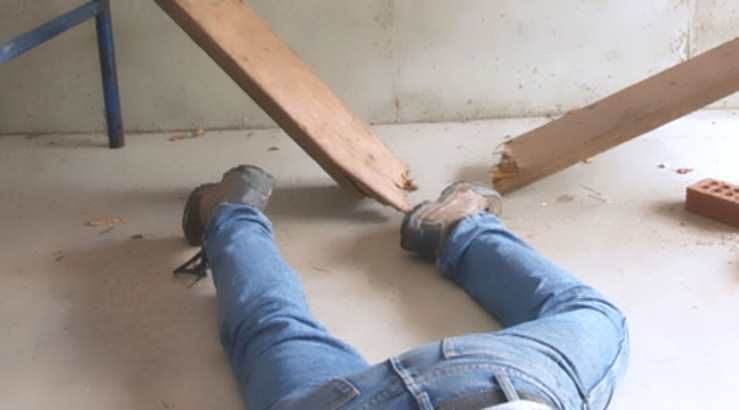Features
How to Develop a Risk Strategy for Your Project
Every project manager should come up with a risk management strategy for their project.

The inherent and often unforeseen risks on construction projects present huge challenges to construction and engineering companies.
Delays or disruptions can, for example, see a well-planned project suffering cost overruns, budget shortfalls or even compromised quality – leading to serious consequences on a company’s image.
As such, every project manager should come up with a risk management strategy for the project under his supervision to mitigate all possible risks.
The construction risk management process entails identifying risks and developing an effective risk management strategy to lessen the potential for loss.
Construction risks can be managed by, among other ways, using a three-sided strategy that incorporates contractual clauses to assign the risks to a third party, insuring against the risks and undertaking the project in a manner that minimises the risks.
This strategy can be accomplished by following the below instructions.
1.) Evaluate the physical risks with each project and write them down. These may include weather conditions prevalent in the area as well as the physical conditions of the construction site. This should be done on a per-project basis since every project is undertaken on varied grounds and under varied conditions.
2.) Evaluate the risks with each contract and write them down. Construction contracts are large carriers of risk including unrealistic schedules, incorrect assignment of obligations and delusive quality standards.
3.) Evaluate the people’s risks and write them down. Your employees may present quality standard risks and job delay risks to your project, and you should therefore give them a very careful assessment.
4.) Once you have assessed the three risk categories, compile your notes in a master list that includes all the items and then pick out a rating factor to indicate the level of risk (high, average, low) for each item.
RELATED: How to Become a Better Construction Project Manager
5.) Delegate all high-risk items to individuals who will be responsible for them. Analyze each of the items to bring out the paths of loss that it will cause, the remedies, and the preventive measures that can be taken to forestall the loss. Find ways to insure those potential losses.
6.) Prepare action plans for all average risk items. These plans should include deterrent processes and actions as well as mitigation strategies in case the risk materialises. You should also buy insurance covers for the insurable risks.
7.) Create systems that will cut down or eliminate low-level risks. These may include delegation of the risks through contractual obligations, routine safety meetings and insurance coverage, among other processes.














